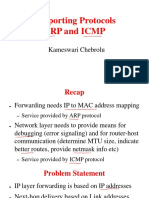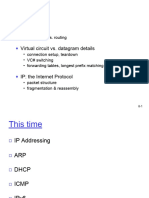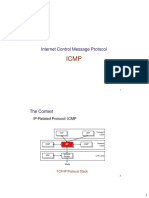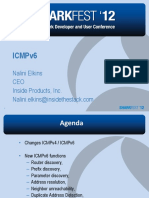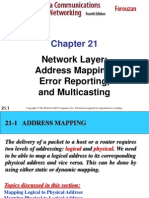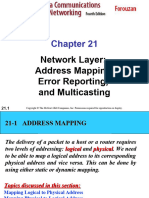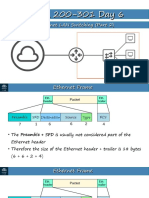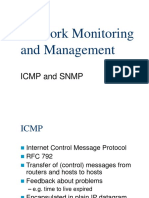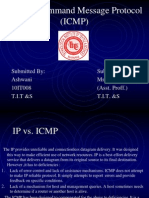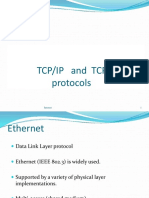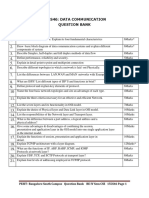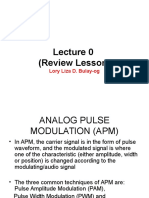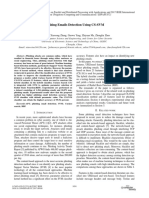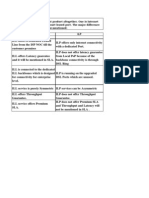0% found this document useful (0 votes)
71 views48 pages06 - Internet Protocols
ICMP is used to report errors in IP packets and is an integral part of IP. It uses type and code fields to specify error types. ARP is used to map IP addresses to MAC addresses by broadcasting ARP requests and receiving ARP replies. It maintains an ARP cache to avoid broadcasting for known addresses. DHCP is used to dynamically assign IP addresses to hosts on a network.
Uploaded by
Loryliza M DeiparineCopyright
© © All Rights Reserved
We take content rights seriously. If you suspect this is your content, claim it here.
Available Formats
Download as PDF, TXT or read online on Scribd
0% found this document useful (0 votes)
71 views48 pages06 - Internet Protocols
ICMP is used to report errors in IP packets and is an integral part of IP. It uses type and code fields to specify error types. ARP is used to map IP addresses to MAC addresses by broadcasting ARP requests and receiving ARP replies. It maintains an ARP cache to avoid broadcasting for known addresses. DHCP is used to dynamically assign IP addresses to hosts on a network.
Uploaded by
Loryliza M DeiparineCopyright
© © All Rights Reserved
We take content rights seriously. If you suspect this is your content, claim it here.
Available Formats
Download as PDF, TXT or read online on Scribd
/ 48






